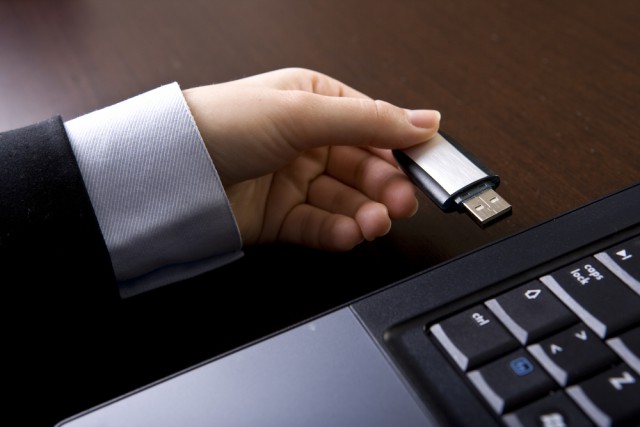How to create a bootable Windows 10 Fall Creators Update USB drive

Microsoft has officially launched the much awaited Windows 10 Fall Creators Update. The latest release brings lots of exciting new features and improvements that make the operating system much more powerful and refined. And, naturally, many of you will want to create a bootable USB drive to perform a clean install of Windows 10 Fall Creators Update.
Creating a bootable Windows 10 Fall Creators Update USB drive is very easy. All that you need is a USB drive, a Windows 10 Fall Creators Update ISO, a Windows device, and a couple of minutes to spare.
What You Need to Know
First off, it is very important that you get the Windows 10 Fall Creators Update ISO that matches your Windows 10 license. There are multiple files available, but, thankfully, they are clearly labeled so you can easily figure out which one you need to download.
Also, keep in mind that you can get Windows 10 Fall Creators Update in 32-bit and 64-bit flavors too -- which one you opt for is up to you, but if your device can handle it we recommend getting the 64-bit release.
How big does the USB drive need to be? The answer to this question depends on how large ISO file that you have is, but generally speaking an 8GB USB drive will meet everyone's needs. A larger one is fine too, though not necessary.
Considering that much of this process involves transferring files, we recommend that you use a fast USB drive. It will also help when installing Windows 10 Fall Creators Update.
With that out of the way, let's talk about what you will be using to create the Windows 10 Fall Creators Update USB drive, and that is the Windows device. There are no special requirements here, so you can pretty much use virtually any desktop, laptop or tablet for this process regardless of the version of the operating system that it runs -- as long as it has a USB port, that is.
What Next?
After you get the Windows 10 Fall Creators Update ISO, the next thing that you have to do is plug the USB drive in your device and open a Command Prompt window. To do that, you can press the Windows key and R at the same time to open the Run menu, type "cmd" and hit OK, or type "cmd" in the Start menu to find and open the program.
Next, you have to prepare the USB drive. To do that, using the Command Prompt window, you have to go through the following steps:
- Use the "diskpart" command to open the partitioning software. You may need to accept a UAC prompt to continue.
- Use the "list disk" command to view the list of all the storage devices attached to your device.
- Identify the disk number of the USB drive that you are using. To make it easy, just look at the size column to identify it by its capacity. Also, it is typically the last one listed.
- Use the "select disk X" command to select the USB drive. Replace X with the disk number you found earlier.
- Use the "clean" command to erase the USB drive.
- Use the "create partition primary" command to create a primary partition on it.
- Use the "select partition 1" command to select it.
- Use the "active" command to make the primary partition active.
- Use the "format fs=fat32 quick" command to quickly format the primary partition as a FAT32 drive.
- Use the "assign" command to assign a letter to USB drive's primary partition.
I should explain that the reason why we recommend formatting the aforementioned partition as a FAT32 drive is so that the bootable Windows 10 Fall Creators Update drive can be used without issues on all devices that support Windows 10.
If you use the "fs=ntfs" or "fs=ntfs quick" command instead you risk running into issues on newer desktops, laptops, and tablets that are configured as UEFI. More specifically, on such systems, you will be unable to boot from the USB drive and, ultimately, install Windows 10 Fall Creators Update when it is formatted as NTFS.
With the USB drive ready to go, all that is left now is to copy the contents of the Windows 10 Fall Creators Update ISO on it. To do that, you can either extract the ISO to a dedicated folder and copy everything from there, or you can mount the ISO and copy all of the files straight to the USB drive.
After that is done, you will now have a bootable Windows 10 Fall Creators Update USB drive ready to go.
Photo Credit: Mario Lopes/Shutterstock
